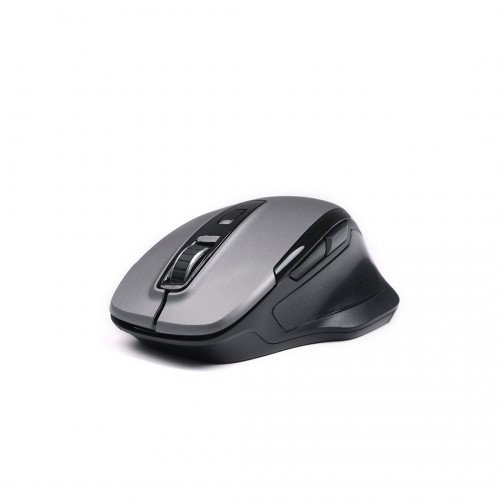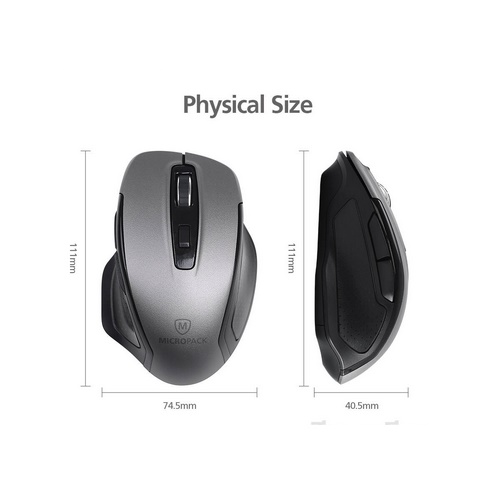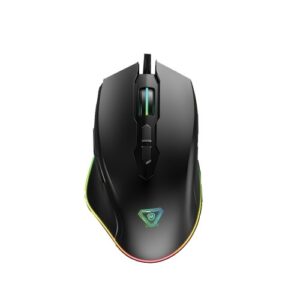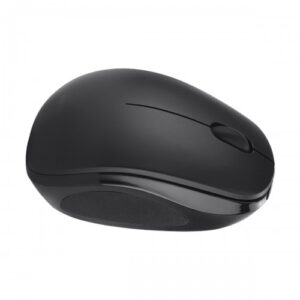Key Specifications and Main Features of Wireless USB-C Connectors
Wireless USB-C connectors represent a significant advancement in connectivity technology, providing key specifications that cater to modern users’ needs. One of the main features is their impressive data transfer rates, which can reach up to 10 Gbps. This rapid capability ensures efficient and quick file exchanges between devices, making it ideal for transferring large volumes of data or streaming high-definition content seamlessly.
Another critical specification encompasses power delivery capabilities, where wireless USB-C connectors can deliver up to 100 watts. This power level allows for not only the charging of devices but also the operation of power-hungry peripherals, such as external hard drives and high-performance laptops. This feature signifies that users can rely on a single connection to power multiple devices, enhancing the overall user experience.
Moreover, compatibility with various devices is a standout feature of wireless USB-C connectors. They work with an extensive range of gadgets, including smartphones, tablets, laptops, and even peripheral devices like keyboards and mice. This versatility eliminates the need for multiple cables and adapters, simplifying the connectivity landscape.
The advantages of adopting wireless USB-C connectors extend beyond technical specifications. Users benefit from increased convenience, as the absence of physical cables enables a cleaner, more organized workspace, minimizing clutter. Additionally, wireless USB-C technology allows for simultaneous connections of multiple devices, streamlining workflows and improving efficiency. This feature is particularly beneficial in settings where multiple devices are operational, like offices or conference rooms, fostering a more collaborative environment.
Overall, the key specifications and main features of wireless USB-C connectors affirm their growing popularity in today’s tech-driven world, combining speed, power, and adaptability into a streamlined solution for connectivity.
Types of Connections: Understanding Wireless USB-C Connectivity
The advancement of technology has led to the development of wireless USB-C connectivity, which is revolutionizing the way devices connect and communicate. Unlike traditional wired USB connections, wireless USB-C connectors utilize radio frequency signals to transmit data, allowing for greater mobility and flexibility in device interactions. This wireless approach supports various protocols such as USB 3.1, which ensures high-speed data transfer, and USB Power Delivery (USB PD), which enables efficient charging across compatible devices.
Wireless USB-C connectors are designed to operate seamlessly within a designated range, typically up to several meters, depending on the environment and obstacles. This capability offers significant advantages, particularly in settings where users face constraints regarding space or physical connection points. The comparative analysis of wired versus wireless connections highlights the enhanced user experience provided by wireless technology, particularly in environments that prioritize mobility.
In mobile devices, such as smartphones and tablets, wireless USB-C connectivity eliminates the need for cumbersome cables, allowing for easy pairing with peripherals like keyboards and mice. This creates an environment suited for dynamic use cases, from presentations to casual browsing, where users benefit from not being tethered to a device. Similarly, in laptops, wireless USB-C connections enable users to connect to external displays, storage devices, and docking stations without the hassle of wires, promoting a cleaner workspace.
Smart home applications are another area where wireless USB-C connectors thrive. They facilitate the connection between various devices, such as smart speakers, security cameras, and IoT devices, simplifying the integration and control of technology within the home. In conclusion, the evolution of wireless USB-C connectivity presents numerous opportunities for enhancing device interactions across diverse scenarios, marking a significant step forward in the way we harness technology.






